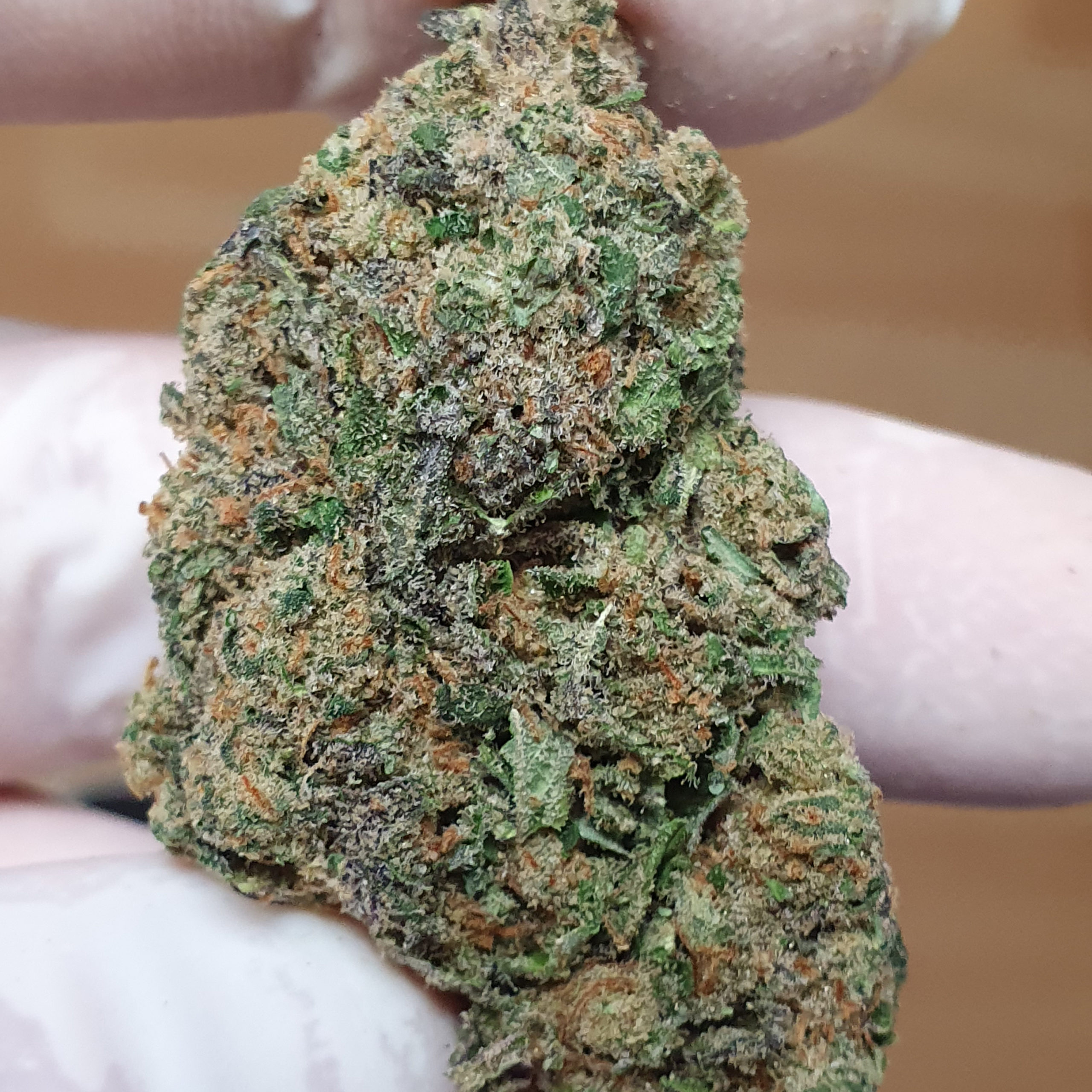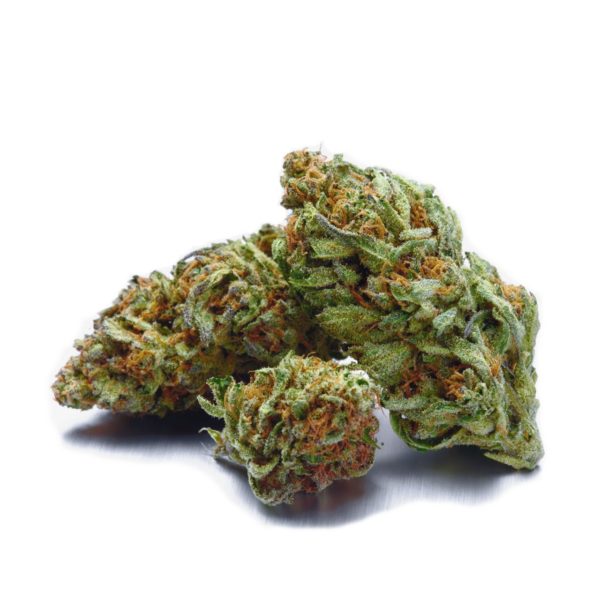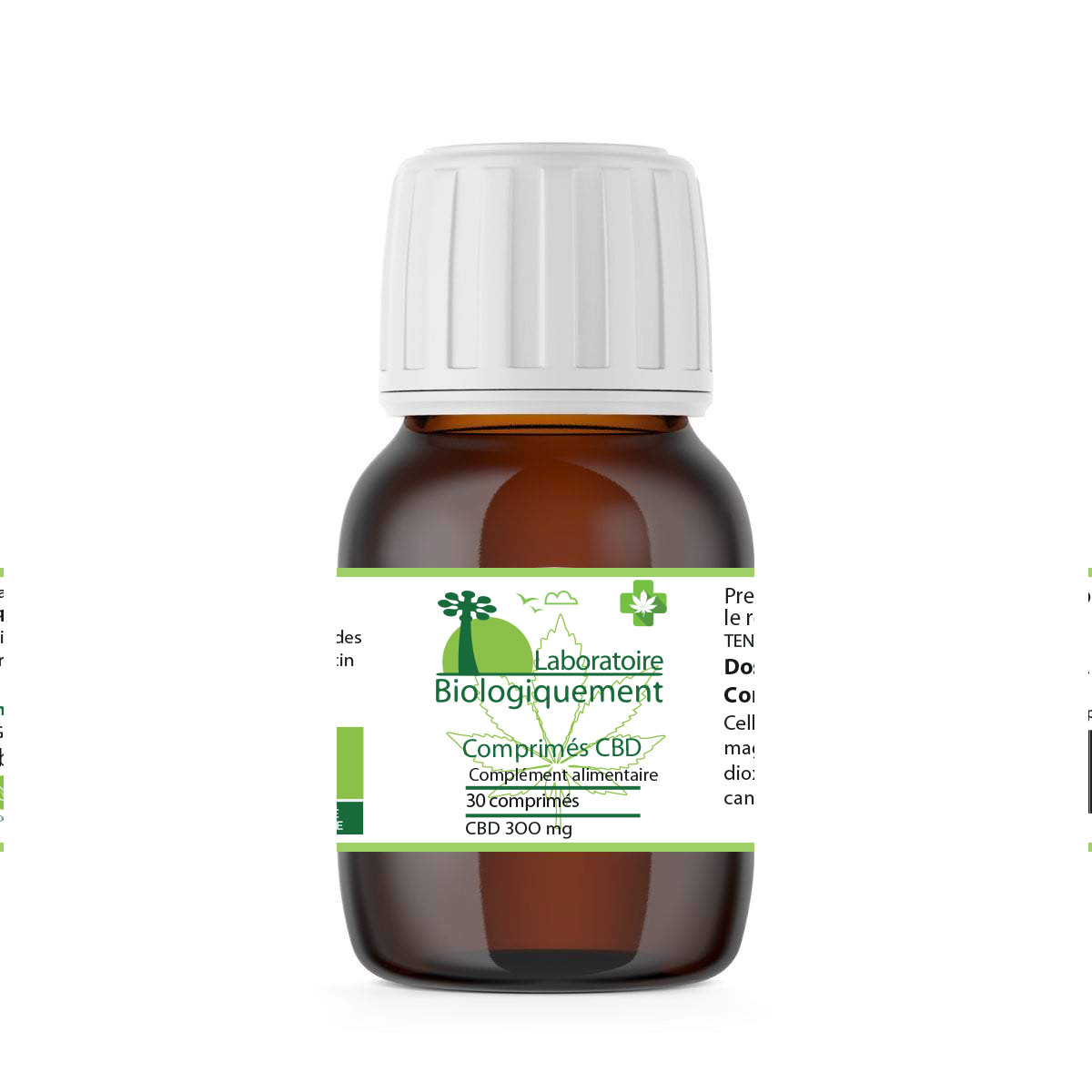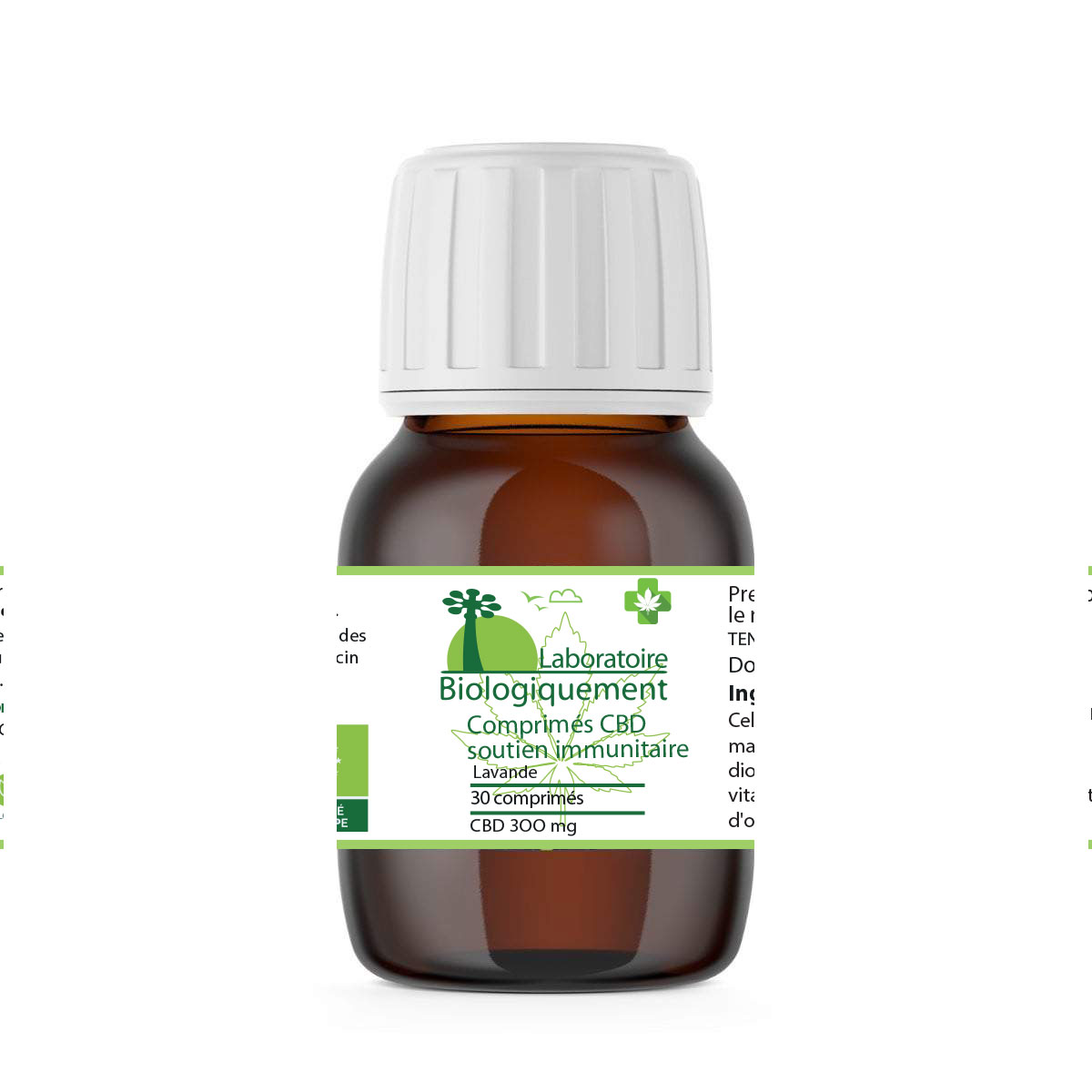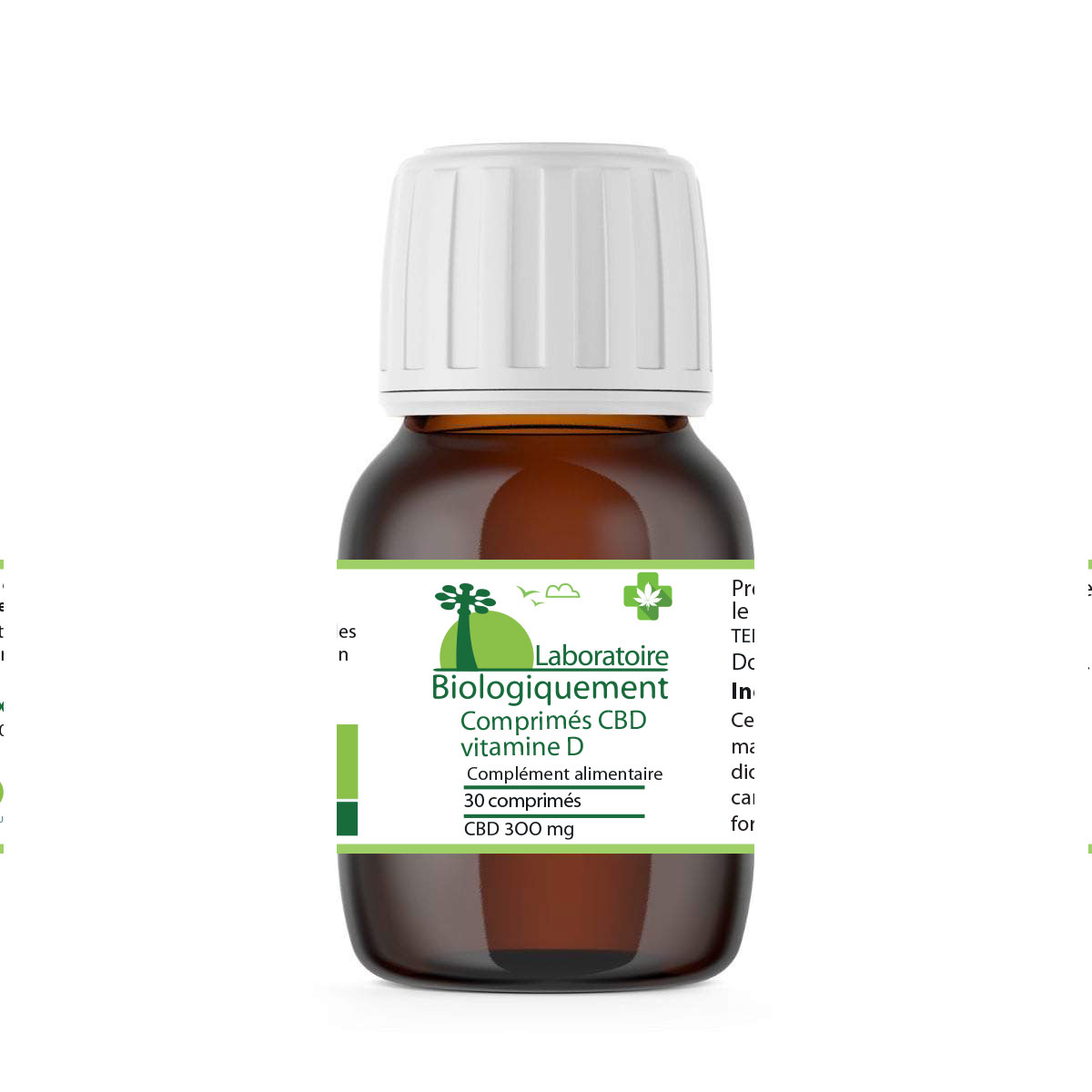The natural antioxidant properties of BAOMIX play an essential role in combating free radicals, the proliferation of which contributes to the premature aging of cells. These antioxidants are integral to various metabolic processes, such as collagen production, the synthesis of hormones (steroids), and the production of connective tissue and neurotransmitters.
– Ultimate natural antioxidant food
– 3 times more calcium than milk
– 7 times more vitamin C than oranges
– 44% fiber, rebalancing the intestinal flora
– Retrieve and / or maintain good vitality
Ascorbic acid, also found in BAOMIX, improves the body’s ability to assimilate and distribute calcium and iron.
BAOMIX is especially recommended for anyone who desires to rebuild or maintain his or her good health: seniors, children going through growth spurts, students, and athletes. BAOMIX is a dietary supplement, and should not be used as a substitute for a varied and balanced diet.
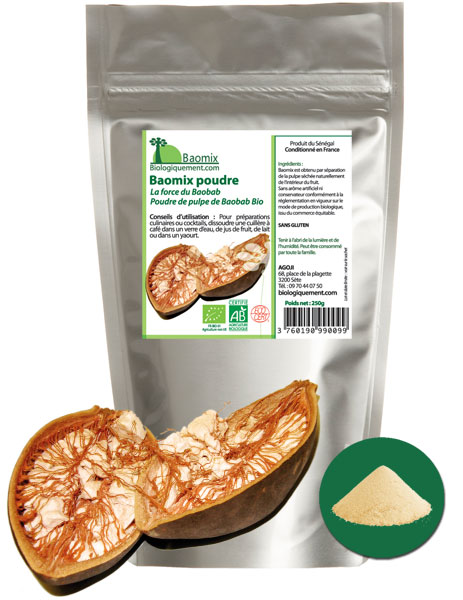
100% organic and gluten free, BAOMIX is made by separating the naturally dried skin from the interior pulp of the fruit.
Directions: Dissolve two teaspoons in a glass of water, fruit juice, iced tea, milk or yogurt one to two times daily. Try it also as a breakfast tonic by adding two teaspoons to a cup of hot chocolate in the morning. You can find more recipes at BAOMIX.COM.
Ingredients: 100% organic pulp of baobab (Adansonia digitata). With a sweet and tangy taste, the pulp contains thiamine (vitamin B1) and riboflavin (vitamin B2), both essential to the regeneration of skin stem cells, and niacin (vitamin B3), which plays in important role in various metabolic functions. Baobab pulp is naturally rich in minerals—calcium, iron, potassium, magnesium, manganese, phosphorus and zinc—and in several essential amino acids.
2 teaspoons of BAOMIX contain 44% of your required daily fiber, of which 22.4% is soluble and 22.6% insoluble. Soluble fiber balances and fortifies your intestinal flora, which helps to facilitate healthy digestion.
An excellent complement to an active diet, 100 grams of BAOMIX contains seven times more vitamin C (300 mg) than an equal quantity of orange and three times more calcium (295 mg) than milk.
Store in a cool dry place.
Composition of 100 grams of baobab fruit: 75.6% carbohydrates, 2.3% protein, 0.27% lipids and 300 mg vitamin C.
Origin Senegal, distributed by company AGOJI France

Un avis consommateur, ou avis client, désigne un élément d’appréciations et commentaires donnés par les acheteurs sur un produit ou un service, que ce soit sur un critère particulier ou la globalité de l’offre. Ces opinions reflètent le niveau de satisfaction de la clientèle.
Vous pouvez consulter les avis clients du site du laboratoire Biologiquement en suivant ce lien : avis biologiquement.shop
C’est la note que nos clients nous donne actuellement. Merci pour votre confiance !

